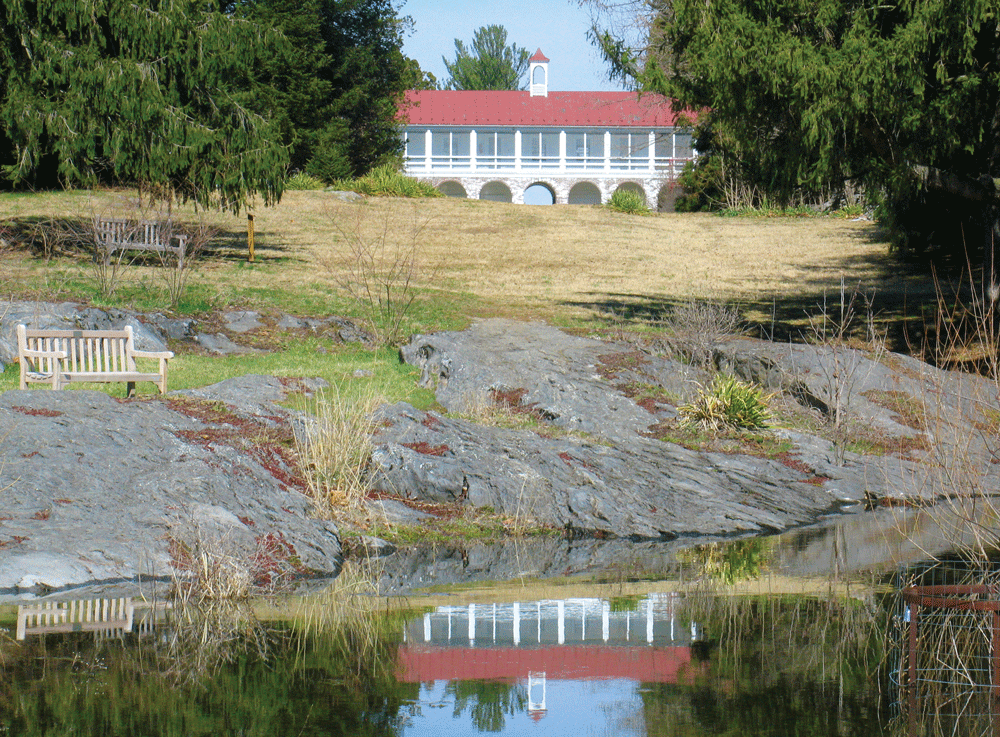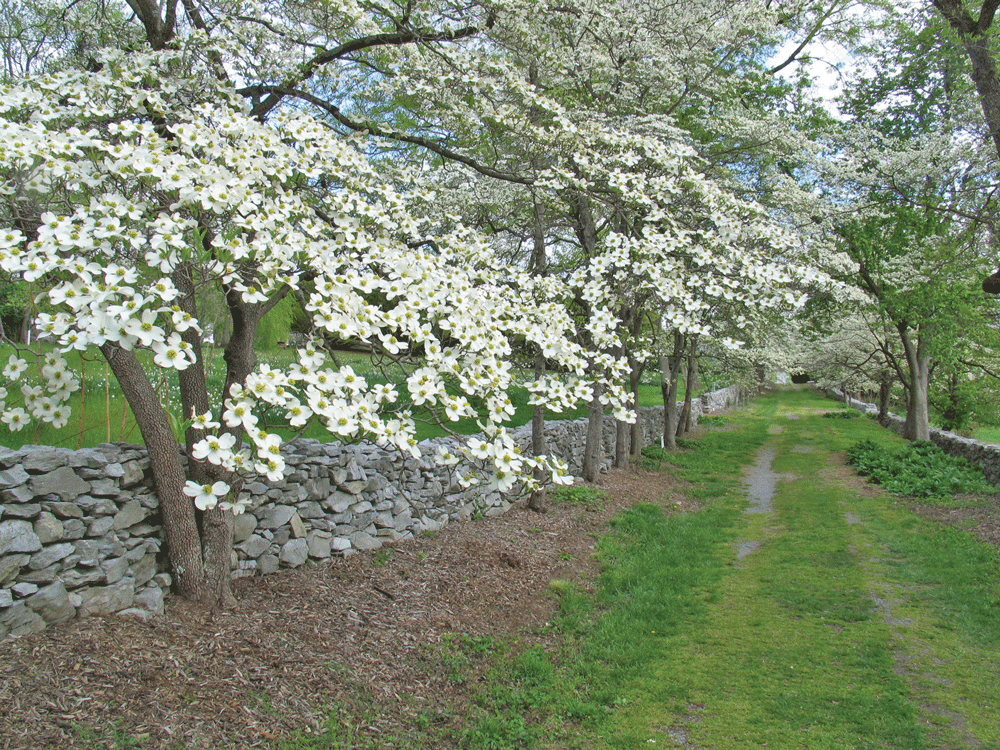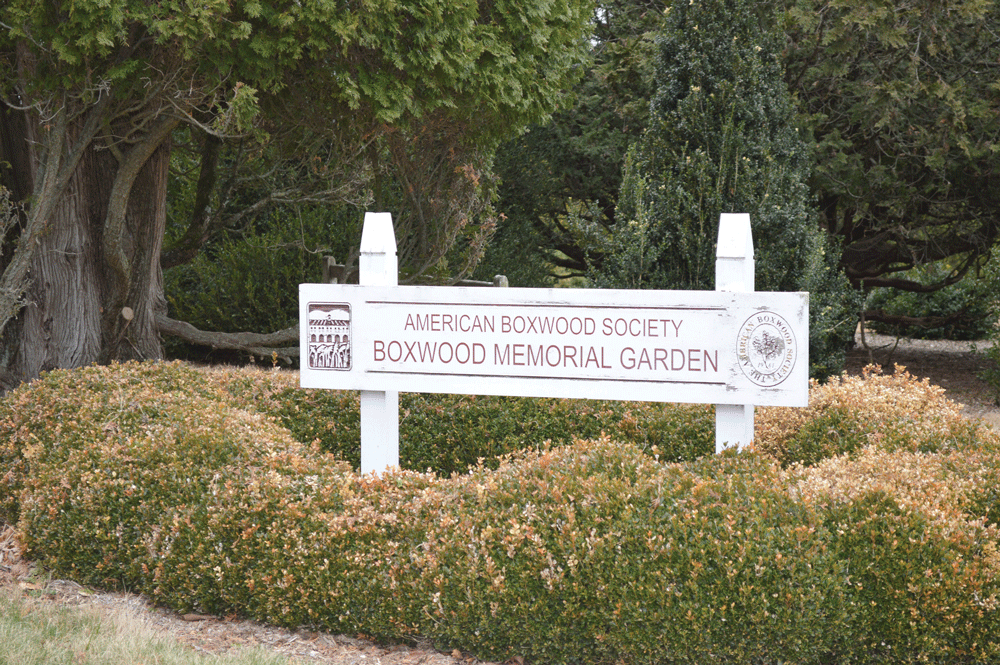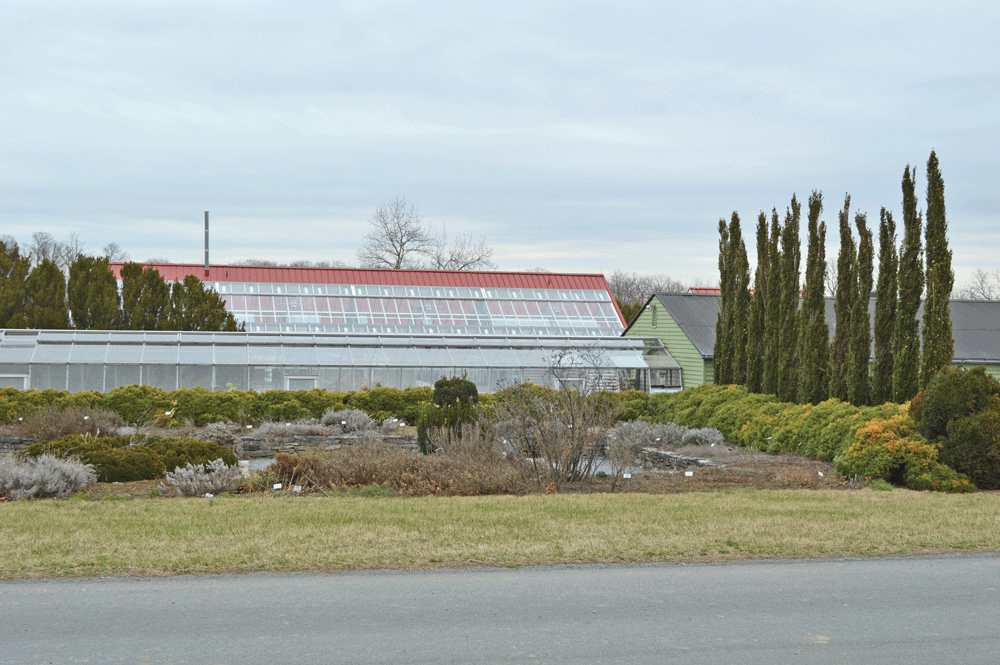The State Arboretum of Virginia

Story by Peter Leonard-Morgan
Every year, Arbor Day in the United States celebrates one of nature’s greatest achievements and one of the most crucial contributors to our environment: the tree.

This year, Arbor Day falls on Friday, April 27, although it will be honored around the country on Saturday, April 28, with community tree planting ceremonies to emphasize the importance of this wonderful miracle which we so often take for granted.
Trees are not just beautiful, living organisms, there to grace the landscape simply for our enjoyment; they are incredible natural filters of carbon dioxide, which their leaves convert into oxygen through the magic of photosynthesis, greatly contributing to the air we breathe. They are controllers of erosion, homes for a multitude of species and, significantly, major warriors in the fight against climate change. Trees helped to ensure the survival of mankind over the millennia by providing that basic necessity, firewood, without which homes could not have been heated nor food cooked.
Not far west of Middleburg sits the State Arboretum of Virginia, also known as the Orland E. White Arboretum, named after Dr. Orland Emile White, a botanist from New York. Dr. White was recruited in the early 1900s by Henry Hurd Rusby to join the Mulford Expedition, an endeavor to explore the Amazon Valley in 1921, although sadly, despite strenuous efforts, it never quite reached its final goal.

Following his return to the United States, Dr. White was approached in 1927 by the University of Virginia, which engaged him to establish and develop a botanical field laboratory for advanced students at Blandy Experimental Farm, near Boyce, Virginia. This 700-acre tract was originally part of a larger property, the Tuleyries, acquired in 1903 by the late Graham Blandy, a New York stockbroker and railroad tycoon. Mr. Blandy bequeathed what is now the Blandy Experimental Farm to the university but ensured that his widow retained the main house and 200 acres, which remain in the hands of his descendents to this day.
The main house at the Tuleyries is an early 1830s, late Federal style mansion with domed entrance hall. It was built by Colonel Joseph Tuley, Jr., who incorporated his last name as an amusing tribute to le Palais des Tuileries in Paris. Colonel Tuley’s family sold the property in 1866 to Colonel Upton Boyce, who had been instrumental in sourcing the funding required to complete the construction of the Shenandoah Valley Railroad when the financial panic of 1873 hit the country and for whom the town of Boyce was named, before eventually being passed to Graham Blandy.
The State Arboretum of Virginia, which occupies more than 170 acres of the Blandy Experimental Farm, was conceived in order to study the genetics and diversity of woody plants and trees, and it has evolved over the years into an important national arboretum.
Clearly, Dr. White’s South American foray must have inspired his and his student’s research into how plants, not native to Virginia, and not thought to be hardy enough for its climate, would cope in this vastly different environment. For example, he established a dedicated area within the facility in order to study the pawpaw and investigate whether that fruit could become viable for North American consumers.
By the time Dr. White retired almost 30 years later, he had amassed some 5,000 specimens at the State Arboretum of Virginia, and approximately 1,000 survive to this day.
During the intervening years, the State Arboretum of Virginia has experienced its highs and lows. In the late 1960s, mainly as a result of a reduction in interest by the University of Virginia, it became neglected, falling into disrepair, becoming overgrown and a shadow of its former self. Things began to change in the early 70s with the arrival of its new director, Tom Ewert, who embarked upon a strategy of volunteerism, school programs and field trips, press features and horticultural exhibitions. Slowly but surely, the State Arboretum of Virginia experienced a renaissance.
In the early 1980s, under another new director, Dr. Ed O’Connor, the Friends of Blandy was established in order to provide support and to raise funds for the State Arboretum of Virginia through its newly created Foundation of the State Arboretum, or FOSA for short. Educational programs continued to be vital ingredients to the success, development and importance of the State Arboretum of Virginia, with a new amphitheater and learning center being constructed to address the needs of students from far and wide.

Research into the understanding of our environment has been, and remains, a key mission of Blandy Experimental Farm. The State Arboretum of Virginia is the visual evidence of decades of hard work by dedicated arborists and students of our natural surroundings.
In 2009, public access became even easier with the construction of the Wilkins Loop, a gravel vehicular path allowing visitors to drive around the Arboretum, park at various points along its route, and get out and investigate endless tree species. It is a wonderful destination for lovers of the outdoors, walkers and dog owners.
Noteworthy exhibits to seek out include more than 160 types of boxwood, a ginkgo grove with some 300 trees, and a pathway displaying 36 cedar of Lebanon trees.
Of great interest to Virginians will be Dogwood Lane, pictured, which honors the state tree and flower of Virginia, the dogwood.
In addition to trees, the State Arboretum of Virginia is home to a multitude of different plant types, grasses and wetlands, as well as herbs cultivated in the herbaceous garden. The herb types grown serve various purposes from flavor and fragrance to industrial and medicinal use. Visitors are able to get a true hands-on experience here, touching and feeling the various herbs and breathing in their individual scents.

As a private home, the Tuleyries is not available to visit, however a historic landmark building, The Quarters, is open to the public. The Quarters was originally built between 1825 and 1830 for the ignominious purpose of slave accommodation. Following its bequest by Blandy to the University, The Quarters was converted into laboratories as well as student and faculty housing. In the intervening years, it has been carefully expanded upon for educational and public use to include a library, dining room, gift shop and administrative offices.
Nearby within the Blandy Experimental Farm are also several other period buildings, including what was originally an apple packing shed, now the Parkfield Learning Center, Blandy’s primary educational facility.
This Arbor Day, when the buds are out in force, consider taking a drive to the State Arboretum of Virginia and enjoy yet another hidden gem on our doorstep where you can get out and explore, investigate and learn about the many tree species so lovingly tended to right here in the Commonwealth of Virginia. ML


